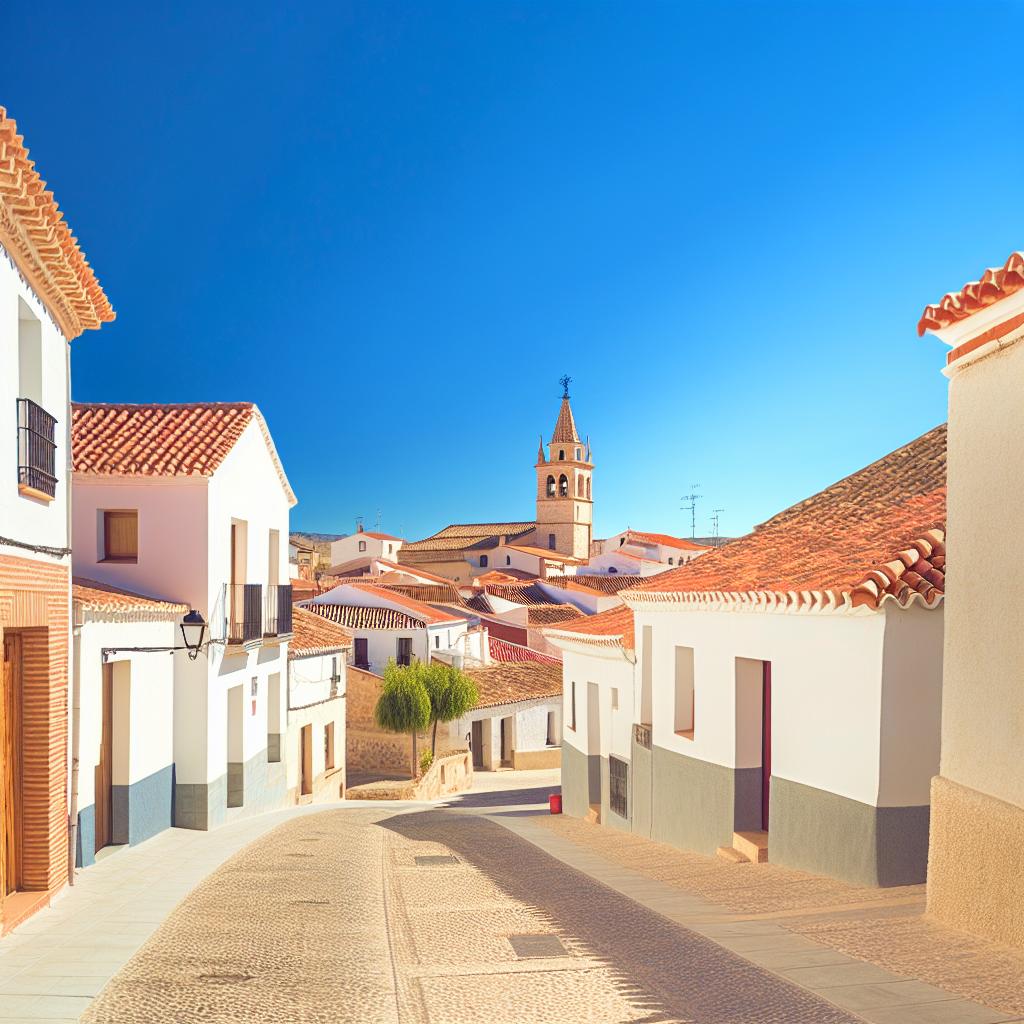Contents
Introduction to Heredia
Heredia is one of the seven provinces of Costa Rica, strategically situated in the heart of the Central Valley. Known for its rich culture and heritage, Heredia offers a blend of urban and rural experiences, featuring coffee plantations, colonial history, and bustling urban centers. Just north of San José, Costa Rica’s capital, Heredia is also a central hub for educational and economic activities.
Geography and Climate
Heredia is blessed with a diverse topography, characterized by mountainous regions and fertile valleys, contributing to its scenic landscapes. The province enjoys a tropical climate, with a clear division between the rainy season from May to November and the dry season spanning December to April. These conditions are ideal for coffee cultivation, a crop that has significantly influenced Heredia’s economy and cultural landscape over the years.
Municipal Organization
The province of Heredia is organized into several cantons, with Heredia canton serving as the focal point, often referred to as the “City of Flowers” due to its colonial architecture and vibrant community life. Among other cantons worth mentioning are Santo Domingo, San Isidro, and Belén, each offering unique attractions and a distinct set of characteristics.
Economy
Heredia’s economy thrives on a blend of traditional and modern industries. Historically, coffee plantations have played a crucial role as an economic driver. In modern times, Heredia hosts numerous free trade zones and multinational corporations, particularly in the technology and service sectors. This diversity makes it a central economic pillar that draws both local and international investments.
Educational Hub
Heredia is well-regarded as a center of education, with the National University of Costa Rica (UNA) anchoring its academic landscape. Located in the city of Heredia, the university contributes significantly to the province’s cultural and intellectual vibrancy, attracting students locally and from afar.
Cultural and Historical Significance
In terms of historical importance, Heredia serves as a guardian of Costa Rica’s colonial heritage. Architectural wonders, including the Heredia National Museum, stand as testaments to the area’s rich history. Moreover, the province is renowned for its lively festivals and traditions, which are pivotal to its cultural identity.
Attractions and Activities
Visitors to Heredia can engage in a multitude of activities. Coffee tours are immensely popular, offering visitors a close-up view of the cultivation and processing of one of Costa Rica’s most famous exports. Nature enthusiasts can explore the breathtaking Braulio Carrillo National Park, which provides extensive hiking trails and a window into Costa Rica’s diverse ecosystems. Additionally, quaint town squares and bustling markets offer an authentic taste of local life and traditional crafts.
Transportation and Accessibility
Heredia is noted for its excellent connectivity, given its proximity to major highways and public transportation systems that link it to San José and beyond. The Juan Santamaría International Airport, located in the nearby province of Alajuela, supports both domestic and international travel, making Heredia an accessible destination for both tourists and business travelers.
The Impact of Earthquakes on Heredia
Being part of the Pacific Ring of Fire, Costa Rica as a whole, and Heredia in particular, are susceptible to seismic activity. Earthquakes have periodically impacted the province, with varying degrees of intensity and effect. The province’s colonial structures, while historically and architecturally significant, have required painstaking preservation efforts following seismic disturbances.
For instance, the 1910 Cartago earthquake, despite its epicenter being further from Heredia, underscored the need for resilient infrastructure due to the widespread tremors it caused. More recently, tremors and minor earthquakes continue to prompt vigilance in construction practices. Building codes in Heredia have increasingly prioritized structural integrity to withstand earthquake activity, ensuring both residential and commercial buildings are up to standard.
Local government and community organizations have undertaken initiatives to educate the public on earthquake preparedness, emphasizing the importance of emergency protocols and infrastructure resilience. These measures have been crucial in minimizing potential damage and safeguarding citizens’ well-being.
However, despite these challenges, Heredia’s resolve and vibrant community spirit have enabled it to recover swiftly from seismic events. Beyond immediate restoration work, efforts are consistently focused on long-term seismic resilience to protect its cultural and economic assets.
Conclusion
Heredia stands out for its unique combination of historical charm, economic vitality, and natural beauty, making it an essential part of Costa Rica. Whether the focus is on delving into its rich cultural heritage, engaging with its modern industries, or simply enjoying its natural attractions, there is something in Heredia for everyone. The continual integration of seismic resilience into its infrastructure further enhances Heredia’s appeal, underscoring its commitment to safeguarding its legacy and community prosperity.
